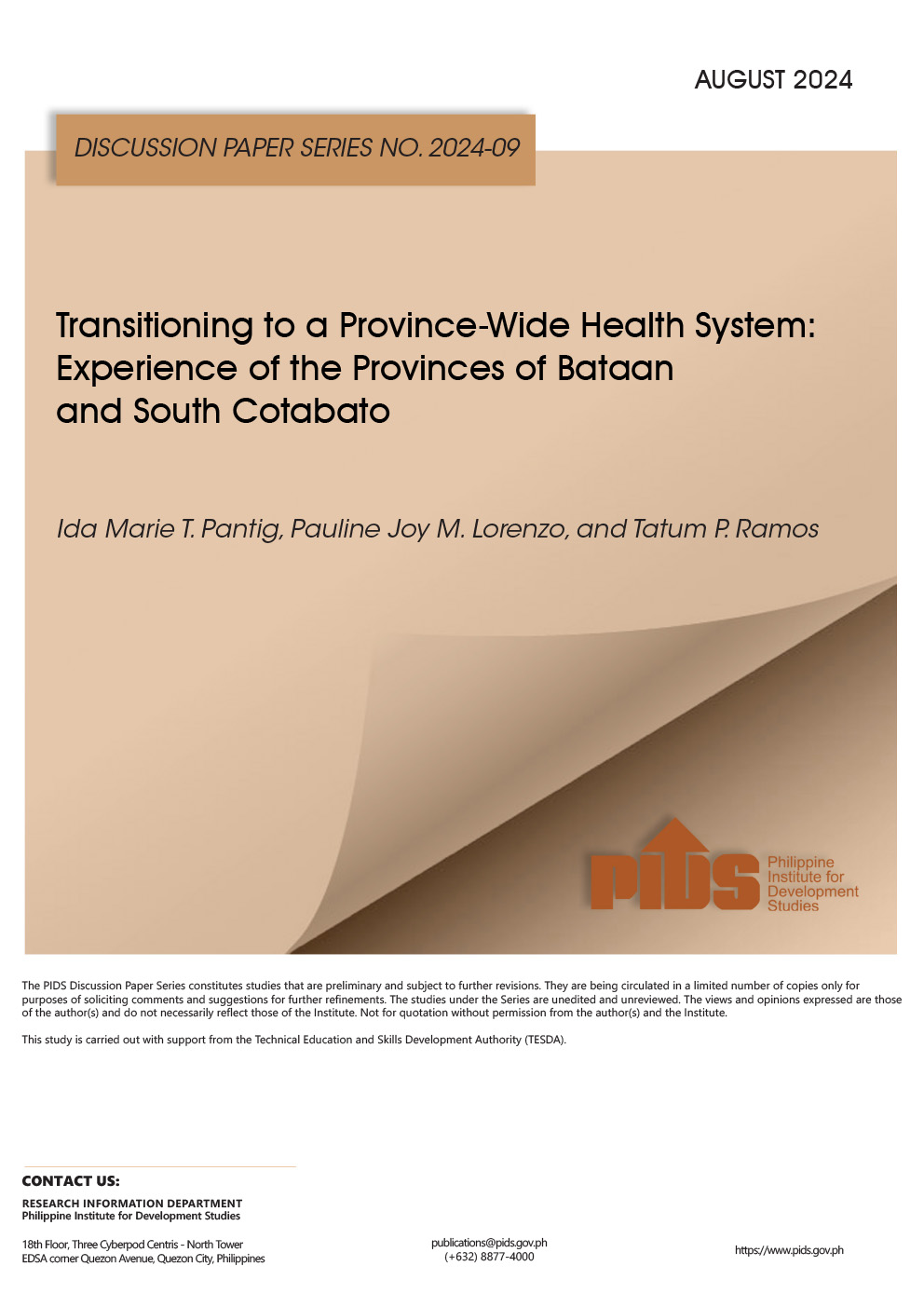ALIGNED with the country’s commitment to the World Health Organization Framework Convention on Tobacco Control, the government established the sin tax law (Sin Tax Reform Act of 2012 or Republic Act 10351), which sought to increase revenue for public health spending and reduce the burden of tobacco smoking and alcohol use.
Some of the main reforms of the law include substantial increases in excise tax rates, an annual increase rate in excise tax, and earmarking of revenues to support progress toward universal health coverage (UHC).
Around 85 percent of incremental tax revenues collected from excise tobacco and alcohol taxes are earmarked for the health sector. The revenues fund the Department of Health’s (DOH) programs and activities and premiums for the Philippine Health Insurance Corporation.
But while the health outcomes of select public health programs have improved since the implementation of RA 10351, a study by state think tank Philippine Institute for Development Studies showed that funds “have not necessarily been efficiently and equitably utilized” by the recipient programs. The DOH should exhibit its capability and accountability to utilize its annual budget effectively, it stressed.
The study also underscored that health programs need to be more strategic in requesting, allocating, and utilizing funds to address gaps in service coverage.
Indeed, given the increase in fiscal space and autonomy to use the budget, monitoring and evaluation of the outcomes achieved by the allocations provided by sin tax revenues must be continuously reported.
In terms of equitable budget allocation, most of the funds from sin tax revenues are used to finance the membership of the disadvantaged sector in the national health insurance program. Thus, poverty incidence must be consistently included among the criteria and administrative processes when allocating funds to projects and activities.
The government should revisit policies and processes under the sin tax law to ensure that tax revenues are used efficiently, equitably, and effectively for health programs.












